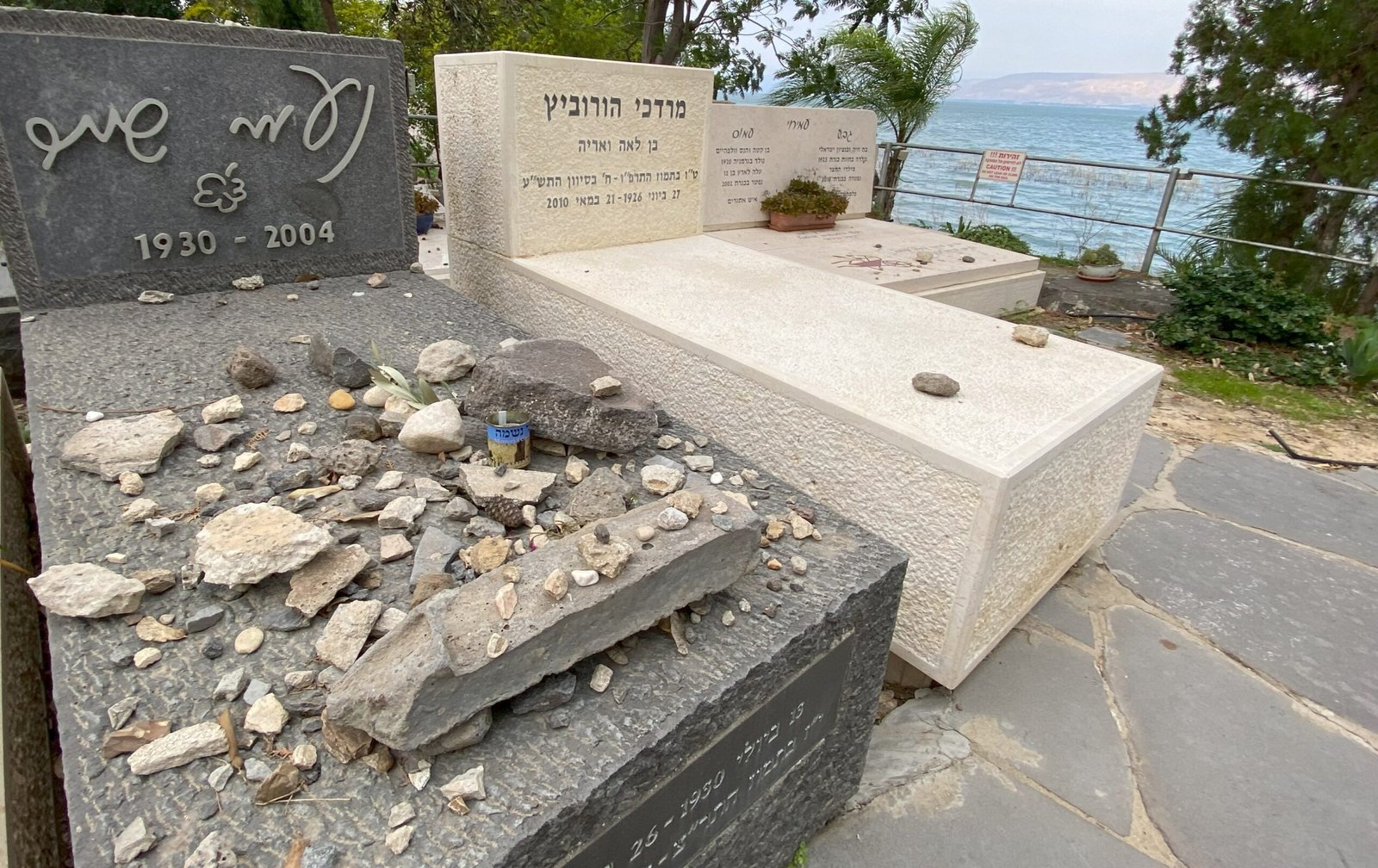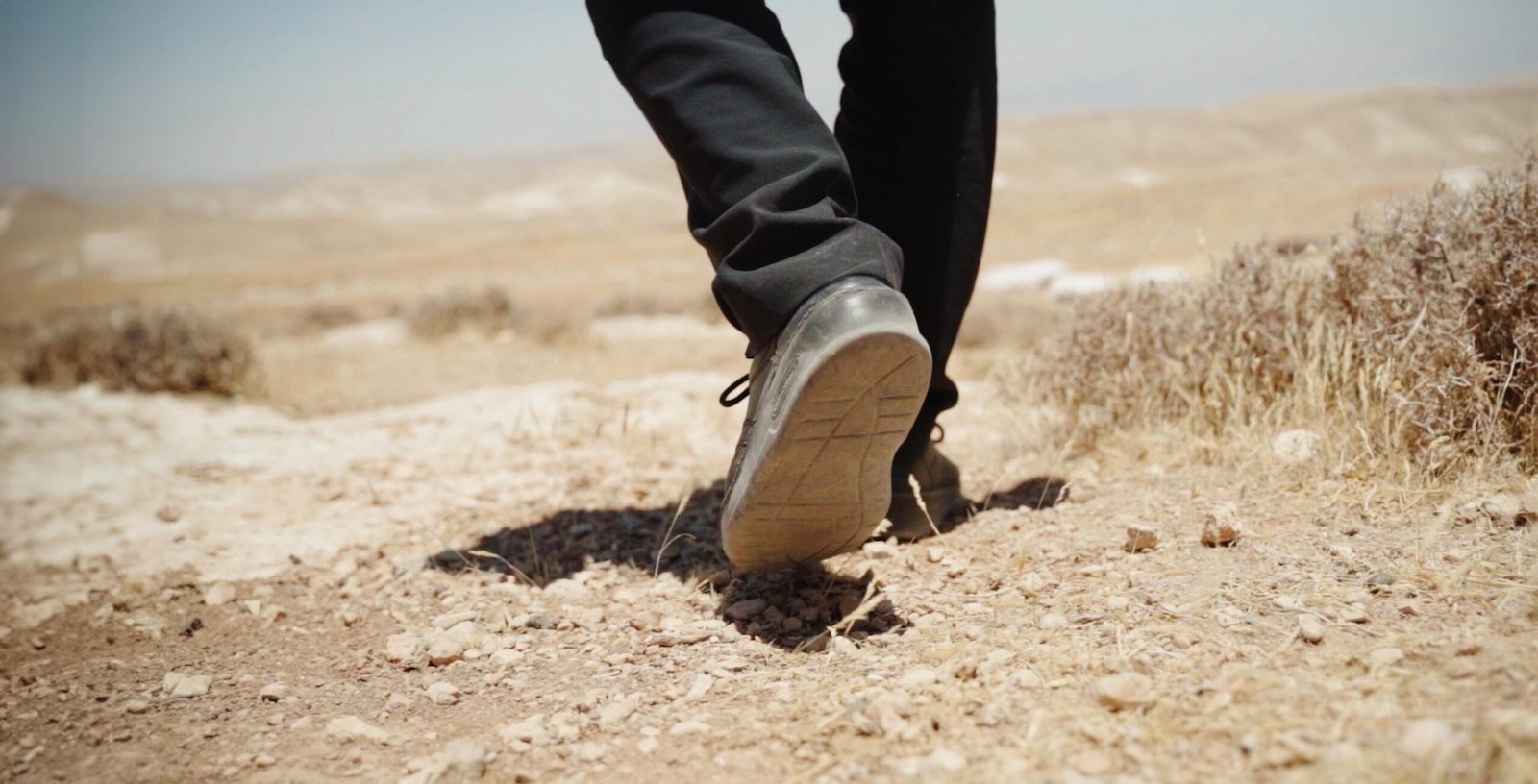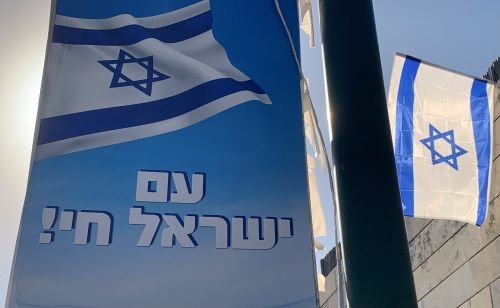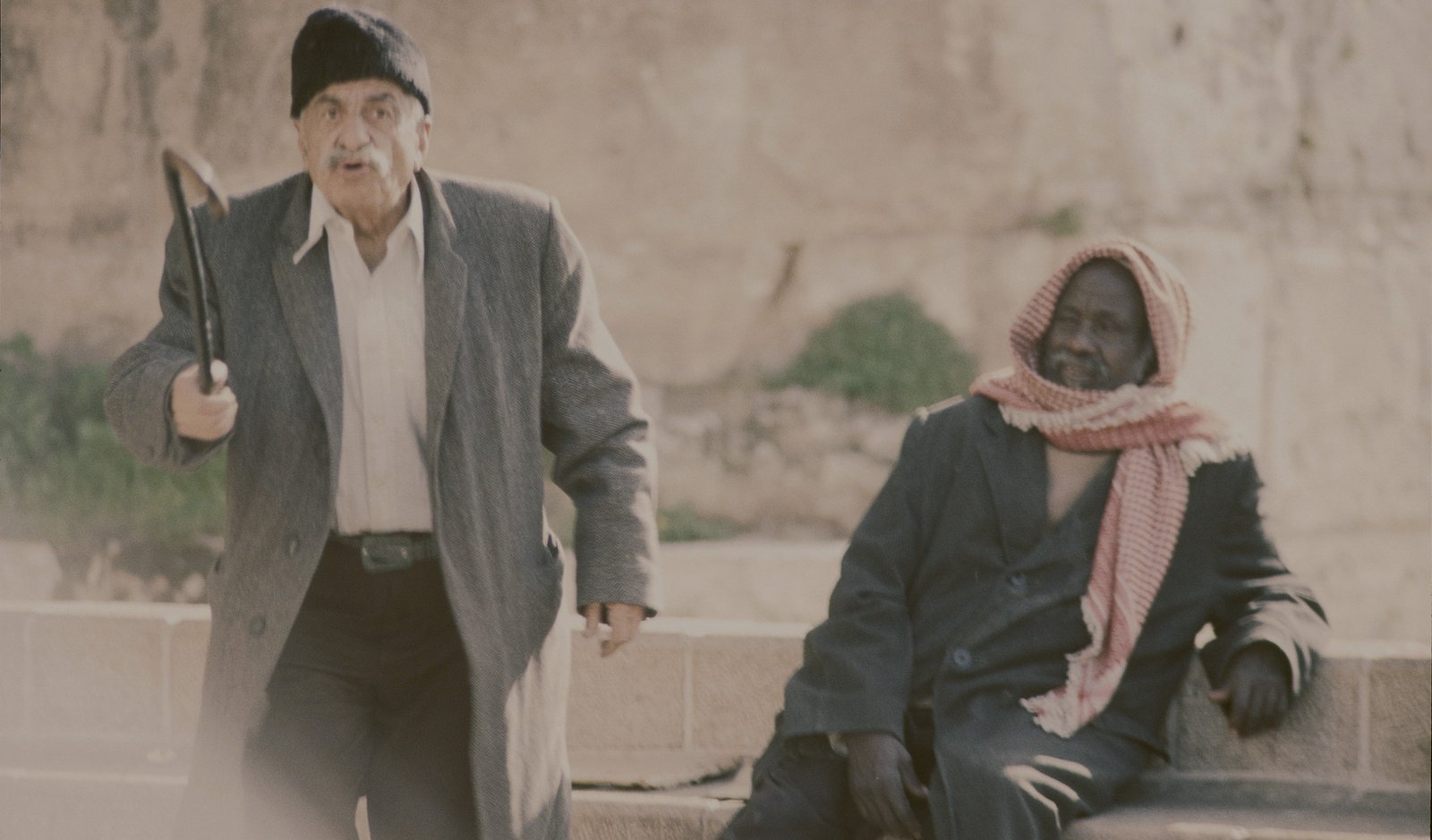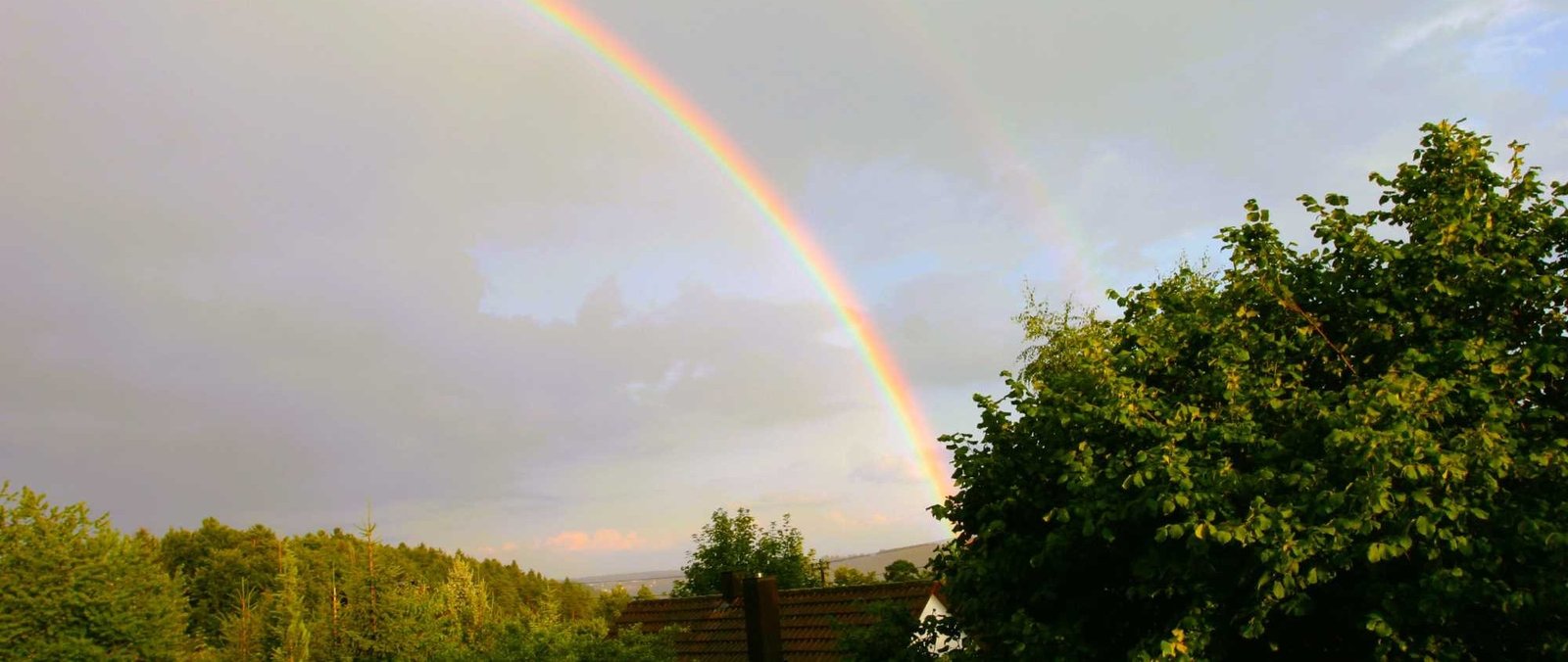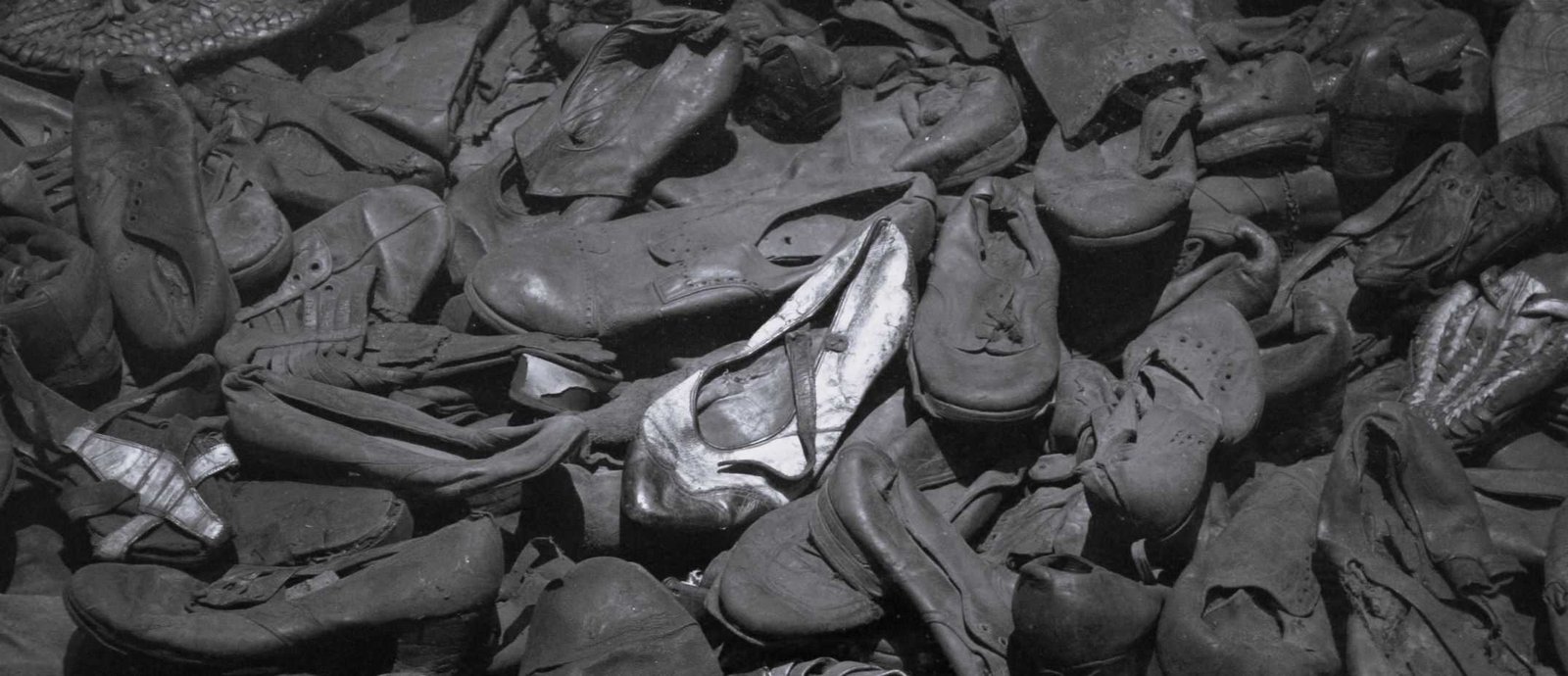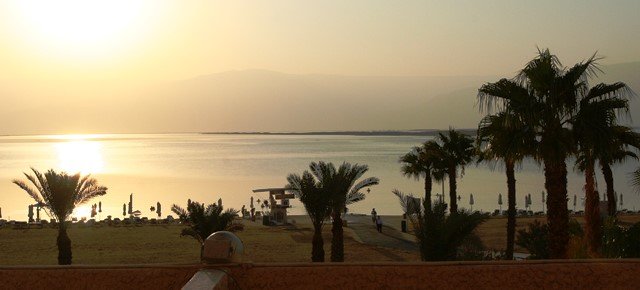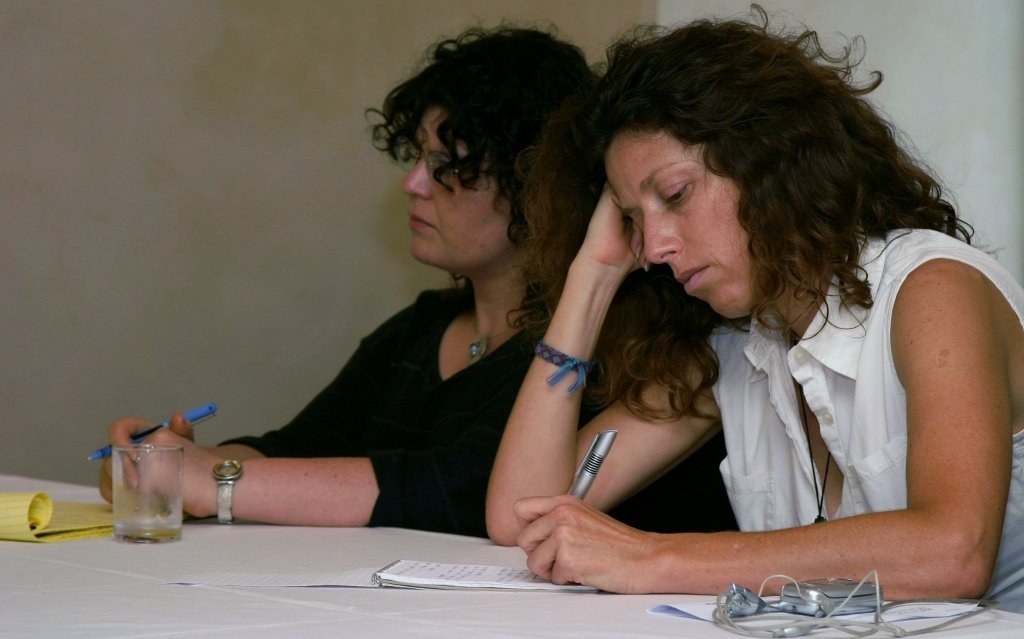Share This Story, Choose Your Platform!
In the Hebrew text of Psalm 87, a messianic dimension resonates alongside the universal perspective. Therefore, I have left in my translation the awkward, not easily understood, but literal rendering (Psalm 87:5a): “A man and a man is born in her.”
My teacher, the Jerusalem rabbi and optician Yaakov Youlus (1931-2011), always emphasized the term איש/Ish (man) in the biblical texts. In most cases we do not know anything about such a “man” except for a certain message he delivers, an action he takes, or a function he performs. The text reveals no name, nothing about his appearance, not where he came from – and he disappears as soon as he has completed his task.
A “man”
Such an “Ish” appeared to Abraham (Genesis 18:2-16), Jacob (Genesis 32:25), and Joseph (Genesis 37:15). “Whenever an ‘Ish’ enters the stage,” Rabbi Youlus explained to me, “you may assume that the Holy One, blessed be He, is facing man in human form.” In the same breath, however, my rabby then regularly emphasized that it is forbidden to Orthodox Jews to talk to Gentiles about Messiah.
On this background it becomes clearer why the Midrash Tehilim[1] remarks on אִישׁ וְאִישׁ/Ish VeIsh in Psalm 87:5: “These are the Messiahs of the Lord, the Messiah Ben David and the Messiah Ben Ephraim” – without any further elaboration on the issue.
Two Messiah figures…
That there will be two Messiahs in God’s plan with this world is testified to by the prophet Zechariah (4:14). In the form of two olive branches, “these two sons of freshly pressed oil, who stand before the Lord of all the earth” (verse 12), have found their way into the national emblem of the modern State of Israel. There they stand to the right and to the left of the seven-branched lamp, the Menorah. Without oil, the Menorah would never shine. “Not by host, nor by might, but by my Spirit, says the Lord of hosts” (verse 6). This is the all-important statement. It is written on the huge menorah in front of the Knesset, the Israeli parliament.
According to ancient Jewish traditions, the Messiah Ben Joseph, the anointed one, appears first as son of Joseph. In our Midrash, this son of Joseph is called Ben Ephraim because Ephraim is the son of Joseph whom the dying father Jacob elevated to the position of firstborn (compare Genesis 48:14,17-20).
The Messiah Ben Joseph is said to come from Galilee[2]. He has a special mission for the Gentiles and loses his life fighting the powers that stand up against the only true and living God.[3]
It is noteworthy that in Jacob’s blessing to Ephraim (Genesis 48:19) the term “multitude of the nations” or “fullness of the Gentiles” (מְלֹא הַגּוֹיִם/Melo HaGojim) appears. Paul picks up on this concept in Romans 11:25, which deals with the interaction of believing Gentiles and the Jewish people that will ultimately lead to the salvation of all Israel.
The suffering Messiah Ben Joseph is succeeded in Jewish tradition by the ruling Messiah Ben David, who appears as Messiah for Israel[4]. Every knee shall bow to this Son of David. He will command peace to the nations.
…merge into one person
It is not only in the description of the prophet Zechariah alluded to here (9:9-10) that the two Messiahs – the humble suffering one and the ruling one – blur into one person. Jewish people today rarely, if ever, speak of multiple messiahs. When the hope of a future time of salvation is expressed, one speaks of “the Messiah” or the (one!) “King Messiah”. In view of Jewish-Christian history and discussions the overwhelming majority of the Jewish people will deny that the expected and coming one has already been here, has already come once before.
However, I would not be surprised if one day we will see how Jewish scholars of Scripture recognize in these words of Psalm 87 the way and story of Yeshua from Nazareth. After all, it is “the root of Jesse” (שֹׁרֶשׁ יִשַׁי/Shoresh Yishai) which, according to Isaiah, will stand erect “as a sign to the nations” (לְנֵס עַמִּים/LeNes Ammim). To Him the Gentile nations shall seek (Isaiah 11:10). He is the נס/Nes, the “sign,” “land mark,” or “banner,” being raised in Isaiah 49:22. And it is this Nes that motivates and empowers Gentiles to assist the dispersed of Israel on their way back to their land and to their God (compare Isaiah 11:10-12; 49:22-23).
In a few sketchy words, thus, the image of the return of the people of Israel to the land of Israel merges with the pilgrimage of the Gentile nations to Zion. This event is mysteriously interwoven with the nature and work of God’s anointed ruler over all the nations. It is about this Messiah, whom the prophets of the people of Israel have long thought to recognize dimly as two figures who will appear in history one after the other, separated in time: Once as a suffering and spurned servant of God. And then as a ruling king demanding undivided respect of the whole of God’s creation.
The psalmist continues (Psalm 87:5b): He himself has prepared/founded/established her,
He, the Lord, the Most High, has established “her” – Zion, and all that is connected with this name, this city, His land and His people. “Founded” does not just mean that the Lord had created Jerusalem once and then left her to her own. יְכוֹנְנֶהָ/Yekhoneneah (has prepared/founded/established her), as Amos Hakham[5] points out, is a future tense with the meaning of a permanent, continuing state.[6]
The foundation and destiny of Zion
God keeps Jerusalem on this foundation, preserving it so that the city remains in place even when chaos rages all around (compare Zechariah 12:6). The Lord watches over it in order “to maintain and preserve upon its foundations that which was established, and to keep it true to its purpose.”[7] As the Psalmist writes: “As we have heard, so we see it in the city of the Lord of hosts, in the city of our God: God has established it forever. Sela!” (Psalms 48:9).
Radak[8] finally adds that this sentence could also be understood as a prayer: “May the Most High establish this city [firmly] and raise it up for many years!”
[the] highest/[as] supreme.” If this term were positioned at the beginning of the line, preferably with the definite article, it would be clear that it is “the Most High” who founded Zion. However, because עֶלְיוֹן/Elyon (Highest) is placed at the end of the statement and the definite article is missing, there remains a second possible interpretation. Metzudat David[9] draws attention to this: “The One in whose hand it is to found and to establish, He has prepared it to be the highest.”
Footnotes:
[1] The term ‘midrash’ (מדרש) is derived from the Hebrew root ‘darash’ (דרש), which means ‘to seek,’ ‘to ask.’ So, ‘midrash’ is literally ‘research,’ ‘study,’ ‘interpretation,’ ‘teaching,’ but is used here as a comprehensive term for rabbinic interpretation, which was passed on orally in the ancient world, later in written form. As a literary genre, the ‘midrashim’ as an interpretation follow the biblical text, whereas the ‘talmud’ deals with certain subjects and themes and is ordered accordingly. The “Midrash Tehilim” is the exposition of the Book of Psalms.
[2] Compare, for example, the evidence provided by Hermann L. Strack and Paul Billerbeck, Das Evangelium nach Matthäus erläutert aus Talmud und Midrasch. Kommentar zum Neuen Testament aus Talmud und Midrasch, Vol. 1 (Munich: C.H. Beck’sche Verlagsbuchhandlung, 9th edition 1986) on pages 161 and 952.
[3] Gerald J. Blidstein, “Messiah,” in Encyclopaedia Judaica Volume 11 (LEK-MIL) (Jerusalem: Keter Publishing House Jerusalem Ltd.): column 1411.
[4] This contrast between Messiah Ben Joseph (for the nations) and Messiah Ben David (for Israel) is also expressed in the pseud-apocryphal 3 Enoch 45:5.
[5] 1921-2012, became known in Israel as champion of the first Israeli and worldwide Bible quiz. His handicapped father, Noah Hakham, was a Jewish Bible teacher who had moved from Vienna to Jerusalem in 1913. He had not sent the only son to a public school for fear of a speech impediment. Rather, he himself had trained him in extremely poor conditions. The Bible quiz in August 1958 revealed Amos’ genius and established his legendary career as interpreter of Scripture. His expositions are only available to me in Hebrew.
[6] עמוס חכם, ספר תהלים, ספרים ג-ה, מזמורים עג-קן (ירושלים: הוצאת מוסד הרב קוק, הדפסה שישית תש”ן/1990), קכו.
[7] Samson Raphael Hirsch, The Psalms. Translation and Commentary. New Corrected Edition (Jerusalem/New York: The Samson Raphael Hirsch Publications Society, Feldheim Publishers, 1997), 114.
[8] Rabbi David Ben Yosef Kimchi (1160-1235) was the first among the great exegetes and grammarians of the Hebrew language. He was born in Narbonne, southern France. His father died early, so David was brought up by his brother Moshe Kimchi. Radak permitted philosophical studies only to those whose faith in God and the fear of heaven were firmly established. Publicly he dealt with Christians and attacked primarily their allegorical interpretation of Scripture and the theological claim to be the “true Israel”.
[9] A Bible commentary by David Altschuler, who lived in Javorov in Galicia in the 18th century. While his interpretation “Metzudat Tziyon“ explains individual words, “Metzudat David” illuminates the meaning of the text.



